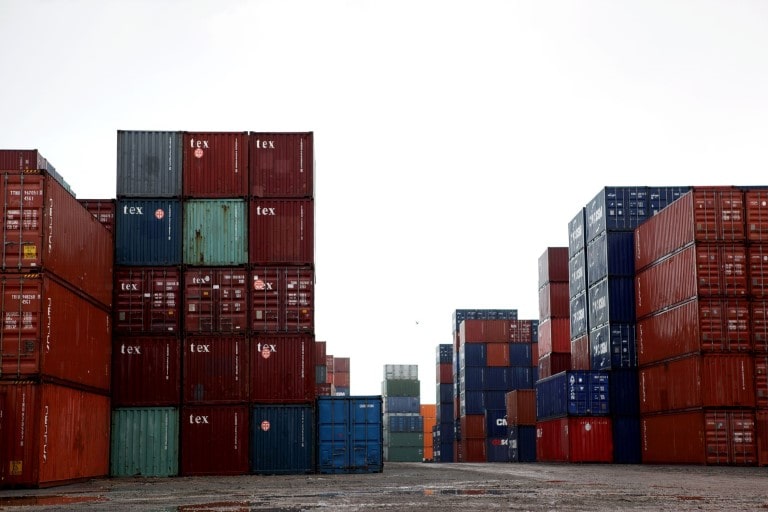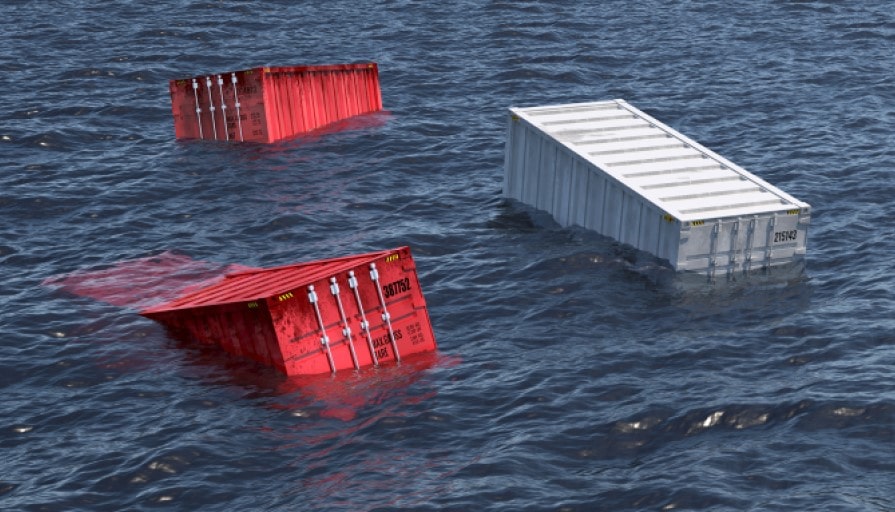Up to 10,000 shipping containers are lost every year on seas and oceans across the world. That seems like a huge amount, but consider the fact that there are approximately six million shipping containers en route to ports across the globe every single day.
Environmental Impacts of lost Shipping Containers – Potentially Positive & Negative
Most of these containers are never recovered, lost without a trace, sunken into the depths to provide new marine habitats for organisms on sometimes barren seas floors. Of course this is the vase when the contents of the containers is relatively safe – those with dangerous contents are another story entirely. However, unless someone is hurt, or the container is lost at sea within the boundaries of a marine sanctuary these losses are unreported.
The containers also drift for hundreds and even thousands of kilometres prior to sinking, making them a hazard to both marine life and shipping traffic when they drift into busy shipping lanes.
Containers can damage the environment in other ways as well. In the past used shipping containers were often recycled at a significant cost to the environment. The potentially harmful effects of smelting down the steel used in containers leads to the release of large amounts of greenhouse gases into the atmosphere and the byproducts of the smelting process can also be extremely harmful to the environment. The costs of the recycling also include the use large amounts of energy, often supplied by the burning of fossil fuels.
What About Containers That Make It Home?
 Fortunately many used containers are today not destined for the scrapheap, or the smelting furnace (both options with potentially severe environmental impact), or the ocean floor – containers are now increasingly finding a second lease on life in both private and commercial application as easily transportable storage solutions. The fact that the containers are easily modified is also making these units extremely popular for applications from mining operations to marketing units.
Fortunately many used containers are today not destined for the scrapheap, or the smelting furnace (both options with potentially severe environmental impact), or the ocean floor – containers are now increasingly finding a second lease on life in both private and commercial application as easily transportable storage solutions. The fact that the containers are easily modified is also making these units extremely popular for applications from mining operations to marketing units.
For homeowners the current amount of shipping containers on the market due to the global financial crisis makes the lease or purchase of a container an extremely good option in terms of value for money. The supply of used (and new) shipping containers available from Australian companies like Gateway also makes sense due to both buy-back and delivery guarantees.
Modification options are also extensive – large corporate customers are making use of these containers for tasks that include wash and break rooms and even as training aids. Of course commercial operations such as small FMCG operations are also using modified containers.
The lesson to be learned is that the loss of a shipping container may result in both negative and positive outcomes. In one scenario at sea you have the establishment of a new habitat for marine life. The downside is a danger from both toxic material and drifting hazards to shipping. On land the smelting down of used shipping containers is without doubt harmful to the environment – however repurposing the shipping containers as storage and commercial units provides added value for customers and reduces the harmful environmental impact of dealing with the containers.
Contact our team of container experts to find out how you can recycle a used shipping container to help reduce the environmental impact of global transportation at the same time as saving money on your transport, storage or building requirements.




